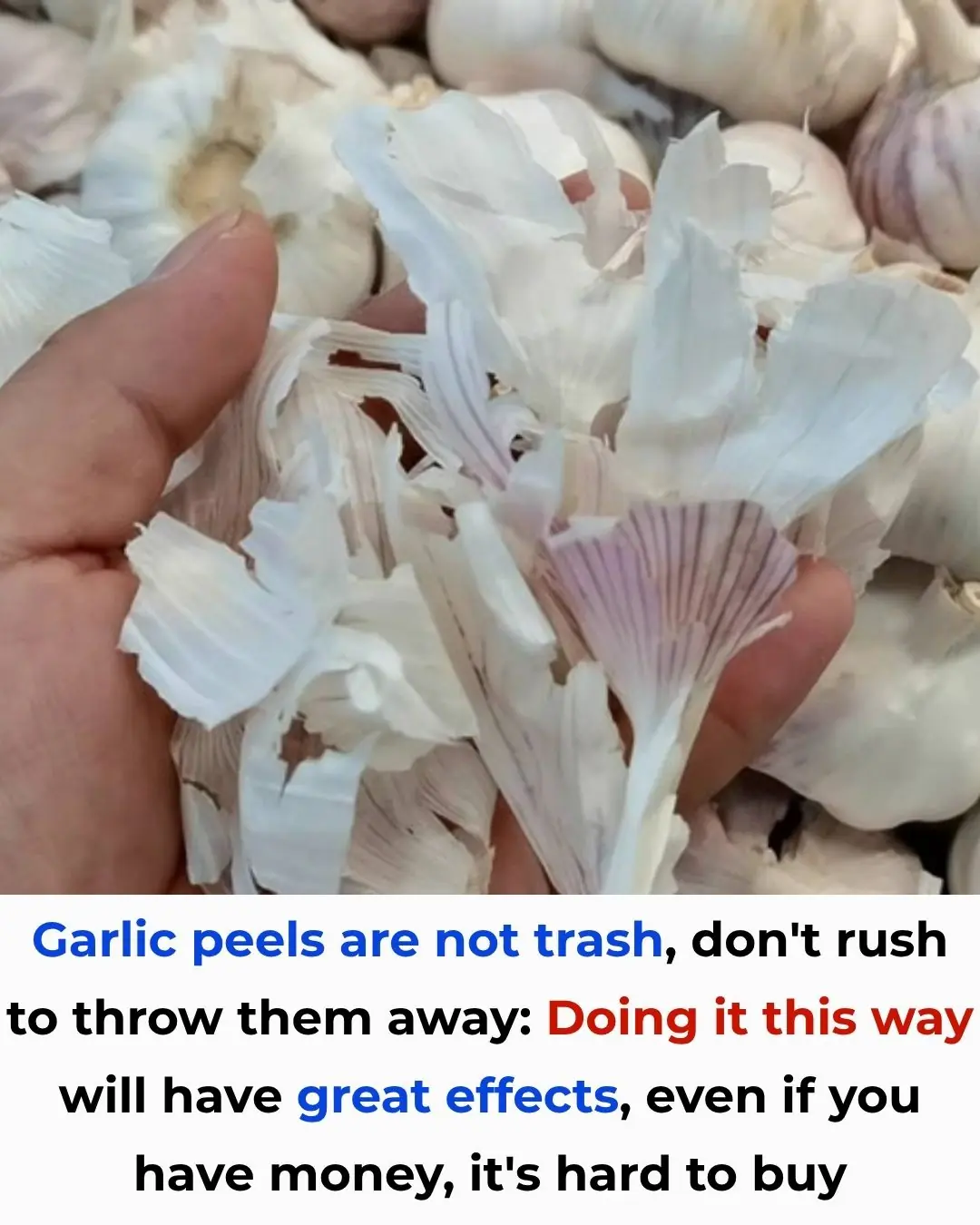
You Are Doing It All Wrong. Here’s the Right Way to Water Plants in Winter
As the cold season sets in, many plant-owners are confused by how their watering routine should change. Summer is full of growth, frequent watering, lush vegetation—but in winter, things are different. The shift in temperature, light, humidity and plant metabolism means that sticking to a summer watering schedule can easily harm your plants. Understanding the proper winter watering routine is essential if you want your plants—both indoors and out—to stay healthy, vibrant and ready for spring. In this article, we’ll walk through key tips and guidelines to help you water wisely during the colder months.
1. The importance of proper winter watering
In winter many plants either enter a state of semi-dormancy (especially indoors) or at least significantly slow down their growth. With less light, cooler temperatures and slower metabolic activity, they simply don’t need as much water. According to extension and plant-care guides, overwatering during this period is one of the most common causes of plant problems, because excess moisture stays in the soil longer, reducing oxygen to the roots and increasing risk of root-rot or fungal issues. water.unl.edu+2plantperfect.com+2
Thus, proper winter watering means adjusting both how much you water and when/where you water. Because plants are less active, you don’t want to promote new tender growth (which is vulnerable to cold), nor do you want soggy roots struggling in cool, less-evaporative conditions.
2. When to water: Mornings are best, avoid evenings and frost conditions
Timing matters more than many realize. For outdoor plants, many experts recommend watering in the morning when temperatures are still above freezing, allowing the plant/soil system to absorb water and any excess to drain before night-time cold sets in. Southern Living+1
Watering in the evening or during frost conditions can leave the soil or plant surfaces damp overnight, promoting fungal diseases or even freezing damage in colder climates. For indoor plants, watering with room-temperature water (not cold from the tap) and avoiding watering late in the day (when roots may sit in cool soil) is also recommended. joyusgarden.com+1
3. Focus water at the soil/root level — avoid soaking leaves
During winter, moist foliage or wet leaves can become a liability: cool air or drafts can hang around wet leaves, and any moisture on plant surfaces may freeze or promote disease. It’s better to direct water to the soil surface and root zone, allowing the water to be absorbed where it’s needed most. Many winter-care guides emphasise this approach. Better Homes & Gardens+1
If you’re watering indoor plants, use a watering can with a narrow spout, or deliver water slowly until it drains from the bottom of the pot, then discard any excess collected in the saucer. This ensures the whole root-ball is moistened but not left sitting in a water-logged tray. water.unl.edu
4. Adjust Frequency and Volume: “Once a week” isn’t a fixed rule
A major mistake is following a fixed watering schedule all year long. In winter many houseplants may be watered every 10-14 days rather than weekly, depending on light, temperature and soil dryness. One guide notes that for indoor plants the volume of water should also be reduced (e.g., ~25% less) because evaporation and uptake are lower. joyusgarden.com+1
For outdoor plants, watering may be even less frequent if the soil remains moist from precipitation or mulch. According to a winter-garden watering guide, if the soil remains moist two inches down, skip watering. plantperfect.com
Always check the soil moisture rather than assuming “one size fits all”. A moisture meter or simply checking the top 1-2 inches of soil for dryness is a useful habit. dennis7dees.com
5. Water only when temperatures are safe, and avoid watering during frost
Before watering outdoor plants, check that the daytime temperatures are safely above freezing and that soil isn’t frozen or saturated. Many winter-garden guides note watering should only occur when soil can absorb the moisture rather than when it will sit and freeze. Southern Living
If frost is expected, avoid watering the day before, as this can saturate soil and make roots vulnerable when freezing occurs overnight. For container-plants, the pot can be colder than ground-soil, so be particularly cautious about watering late in the day or in cold ambient temperatures.
6. How to assess a plant’s winter water needs
Every plant is different. Some plants (like succulents, cacti, plants grown in very cool rooms) may require very little water during winter. Others in warm, dry indoor locations with heating may need a bit more.
Key assessment cues:
-
Check if the top 1-2″ of soil is dry; if so, water. If it still feels moist, wait. plantperfect.com+1
-
Look for plant signals: wilting leaves can indicate under-watering, but sudden yellowing or mushy stems may indicate over-watering. Pitching root health is usually where problems start. Better Homes & Gardens
-
Consider environmental conditions: If your home is heated aggressively and air is very dry, plants may use more water than in a cool, less-heated space. One grower notes that in winter with forced heating, their plants actually needed watering more often than typical advice suggested. Reddit
7. Popular viral hacks — scrutinize carefully
Many viral tips circulate online (e.g., “use ice cubes to water houseplants in winter!”), but such hacks often overlook key caveats. For instance, using ice cubes might chill the root zone too much or deliver water too slowly for some plants. Traditional guidance recommends room-temperature water and monitoring soil moisture rather than on-schedule gimmicks. Gardening & Landscaping Stack Exchange+1
If you see a viral hack, ask: Does this match my environment? Does my plant species tolerate cold root zones? Does the soil drain well and is the house very dry or very humid? One size definitely does not fit all.
8. The role of humidity, light and temperature in winter watering
Watering is only one part of the puzzle. In winter, indoor air is often much drier (especially with heating) and light levels are lower. Both of these factors affect how much water plants use. Many houseplant-care guides emphasize that plants might need less water, but also more humidity support. lovethatleaf+1
For example:
-
Move plants away from heating vents or very cold windows (both extreme heat and cold drafts cause stress). joyusgarden.com
-
Increase humidity via grouping plants together, placing a water-tray near pots, or using a humidifier. This helps reduce transpiration stress and the resulting need for frequent watering. The Spruce
-
Also take note of light: reduced light means reduced growth and reduced water use. Plants in darker winter positions often should be watered less, not more. Better Homes & Gardens
9. Common winter watering mistakes — and how to avoid them
-
Keeping the summer watering schedule — watering too often because “it looks thirsty” but ignoring slower growth and lower uptake ⇒ leads to soggy soil and root rot.
-
Watering in the evening or when frost is imminent — moisture sits in soil or on foliage, increasing risk of freezing damage or fungal disease.
-
Using cold water or letting ice-cold water hit roots — this can shock roots, especially in already cold conditions. Use room temperature water. joyusgarden.com
-
Neglecting drainage — always ensure pots have drainage holes and don’t sit in trays of standing water. Overwatering combined with poor drainage is the leading cause of plant death in winter. water.unl.edu
-
Ignoring plant specific needs — succulents, cacti, or winter-dormant plants need very little water; leafy houseplants in warm rooms may need more. One Redditor noted:
“So everything in the universe tells you your plants need LESS WATER IN THE WINTER!!!! … my plants dry out WAY faster and more fully in the wintertime.” Reddit
This emphasises that indoor context (heating, pot size, humidity) matters a lot.
10. Practical winter watering routine — step by step
Here’s a recommended workflow:
-
Move your plant to a stable location — away from cold drafts, heating vents, and very cold windows.
-
Check soil moisture by inserting a finger to ~1-2″ down or use a moisture meter.
-
If soil is still clearly moist, do not water; if it’s dry, water slowly until excess drains out.
-
Use room-temperature water, not straight from a cold tap.
-
Water in the morning (indoors) or when outdoor temps are above freezing for the next 24 hours (outdoors) so that water is absorbed rather than frozen.
-
Reduce volume and frequency compared to summer — many houseplants may only need water every 10-21 days in winter. joyusgarden.com
-
Increase humidity or group plants if your indoor air is very dry — this may reduce water demand and stress.
-
Pause or reduce fertilising and repotting during winter; growth is minimal, and extra nutrients or disturbance can injure plants. westwoodgardens.com
Conclusion
Watering plants in winter isn’t “watering less sometimes” — it’s about watering wisely. The combination of reduced light, slower plant growth, cooler temperatures, and often drier indoor air means your plants’ water needs change. Avoid the trap of treating them like summer plants. Instead: check the soil, water only when needed, use the appropriate volume, ensure drainage, mind temperature and humidity—and treat each plant individually. By adapting your routine, you’ll help your plants survive winter AND emerge strong when spring returns.
News in the same category

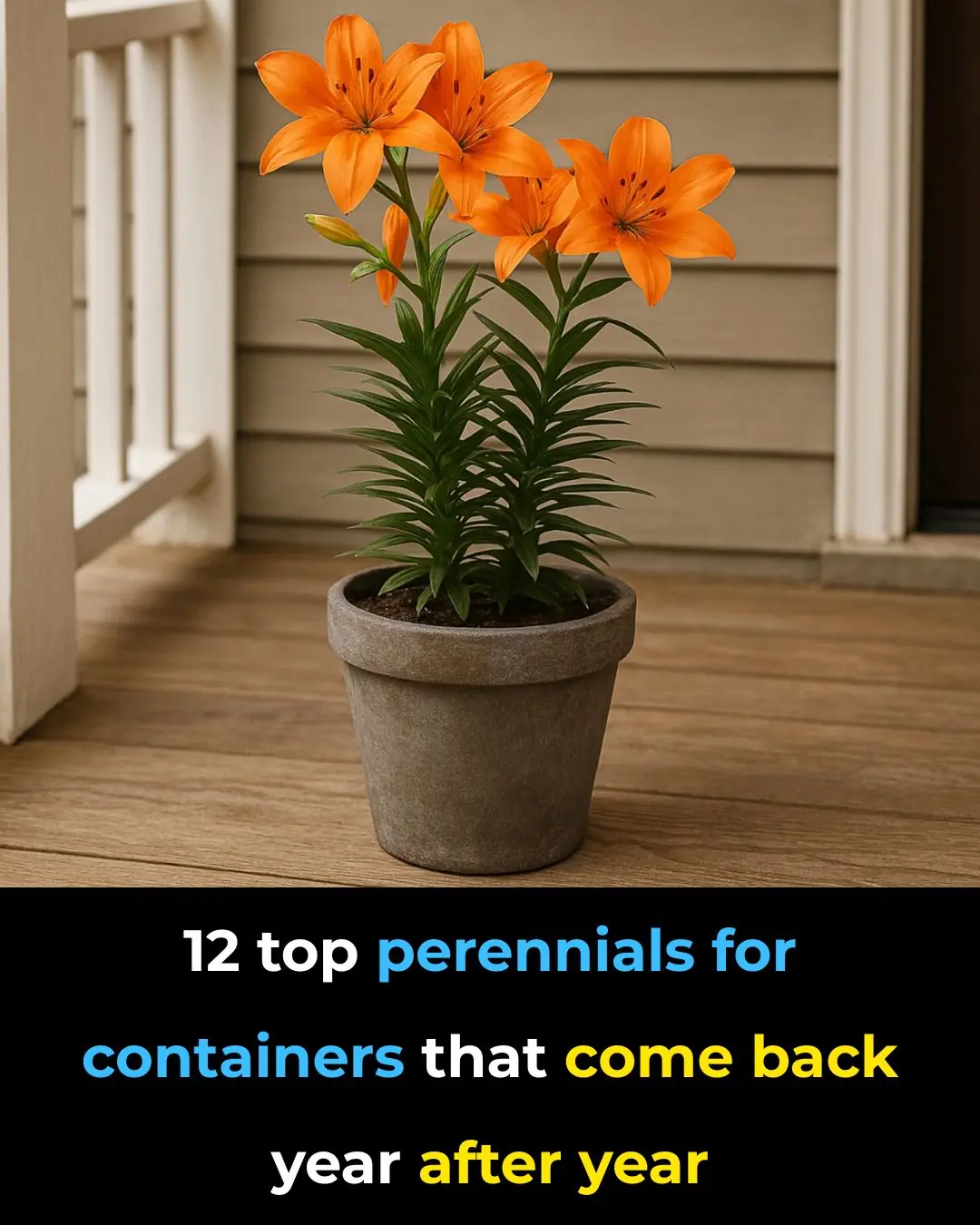
12 Top Perennials for Containers That Return Year After Year
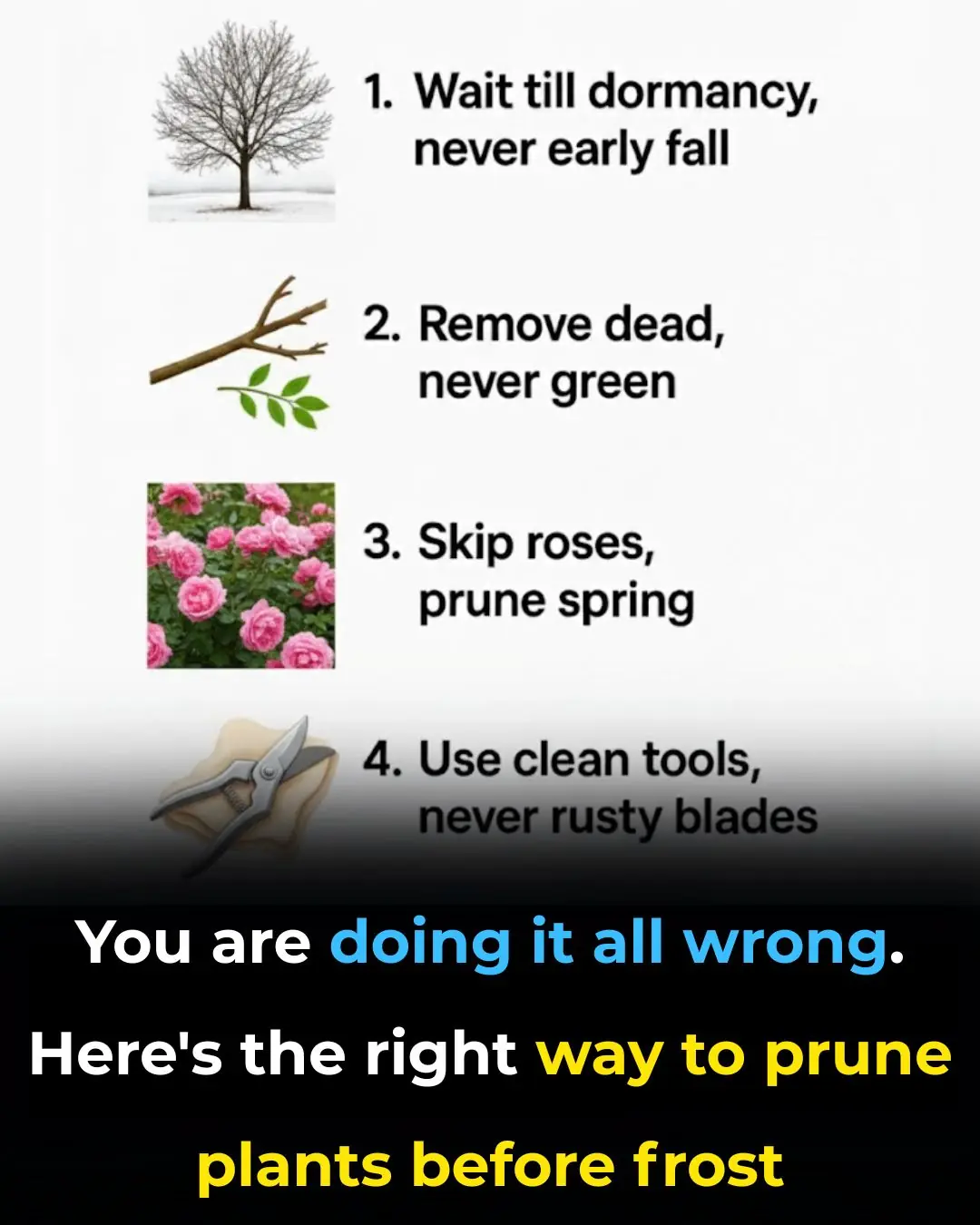
You Are Doing It All Wrong. Here’s the Right Way to Prune Plants Before Frost

My nana taught me this hack to make orchids rebloom fast in 5 minutes with 0 work — here’s how it really works

Angela Witherspoon Is Downsizing. See What She’s Asking for John Witherspoon’s L.A. Estate

Kevin Hart Calls His Friend Investments ‘An Endless Pit of Bankruptcy.’ And He’s Not Joking

Meet The First Black Woman To Earn a Ph.D. in Neuroscience from the University of Rochester

Strictly Come Dancing fans desperate to know if Vito Coppola is married as he and Ellie Goldstein leave show

Meet 102-Year-Old Eloise Brown, the Philadelphia Eagles Biggest and Longtime Fan

Meet The Couple Behind The First Black-Owned Virtual Bridal Company

Strictly stars Balvinder Sopal and Julian Caillon given much-needed boost following third dance-off

Rev. Al Sharpton Leads ‘Buy-In’ at Harlem Costco to Support Companies Prioritizing DEI

Strictly star Ellie Goldstein’s future ‘revealed’ as she breaks silence on exit

Obama Photobombs Cherry Blossom Picture in Heartwarming Unforgettable Moment for D.C. Family

Jennifer Aniston finally goes Instagram official with new boyfriend Jim Curtis: ‘My love’

Announcement made over King Charles’ residences Buckingham Palace and Windsor Castle as tickets revealed

NYC mayor-elect Zohran Mamdani vowed to "stop" Donald Trump during his victory speech

Gemma Atkinson addresses outrage over 'wedding dress' choice as Gorka hits back

Nina Dobrev mocks her split from Shaun White with pointed Halloween costume
News Post

7 Medical Causes of Impaired Leg Circulation You Might Be Missing

New Study Shows Vitamin D Suppresses Key Cancer-Driving Protein
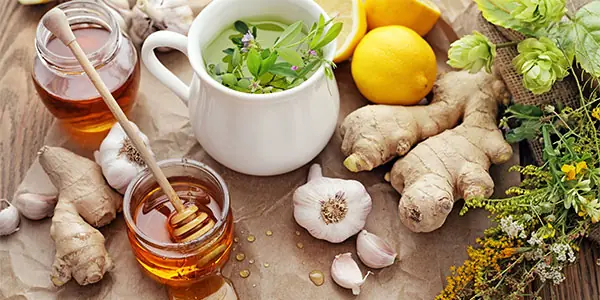
Take Lemon and Garlic on an Empty Stomach for 7 Days — Unclog Your Arteries Naturally
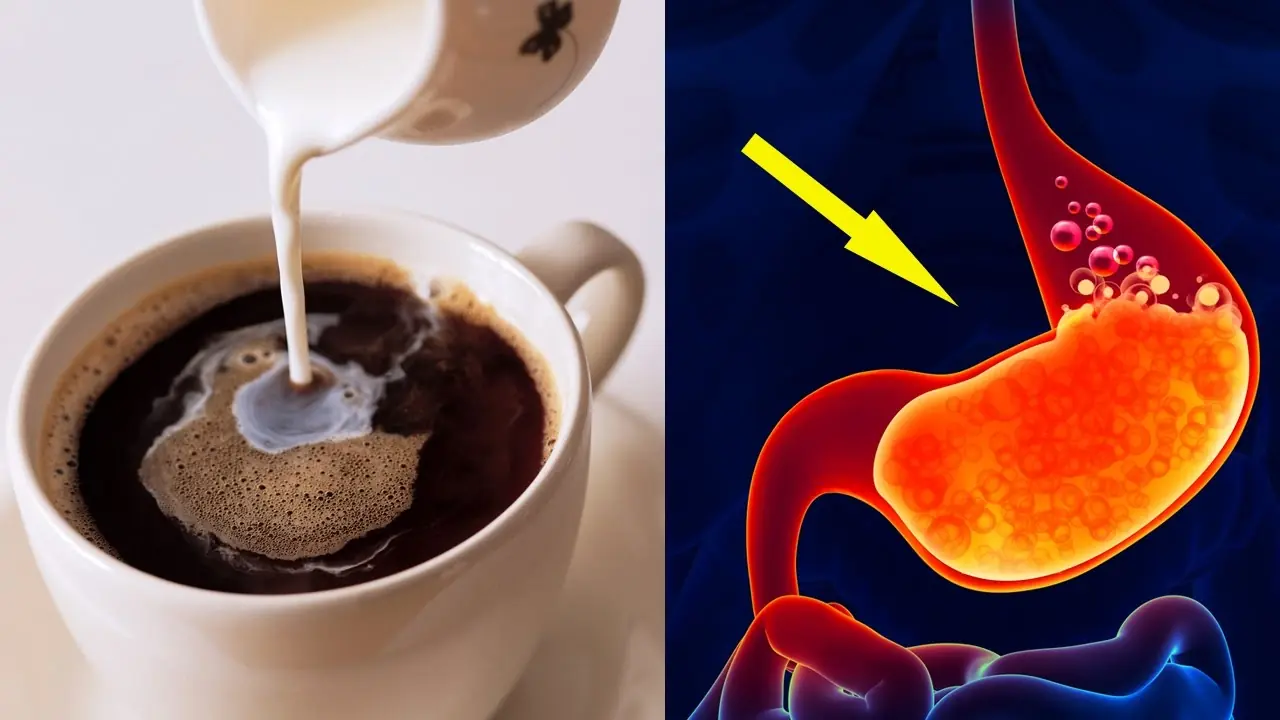
What Really Happens When You Drink Coffee on an Empty Stomach

Don’t Junk Your Eggshells. Hang Them in Your Garden Instead. Here’s Why

12 Top Perennials for Containers That Return Year After Year

You Are Doing It All Wrong. Here’s the Right Way to Prune Plants Before Frost

My nana taught me this hack to make orchids rebloom fast in 5 minutes with 0 work — here’s how it really works

DIY Egg & Vaseline Hair Mask for Extreme Shine and Smoothness 🥚🌟

Arthritis warning: 10 everyday foods making your pain and inflammation worse

7 nuts you must eat for better health (and the #1 nut you should NEVER touch)

9 Warning Signs of Diabetes You Shouldn’t Ignore
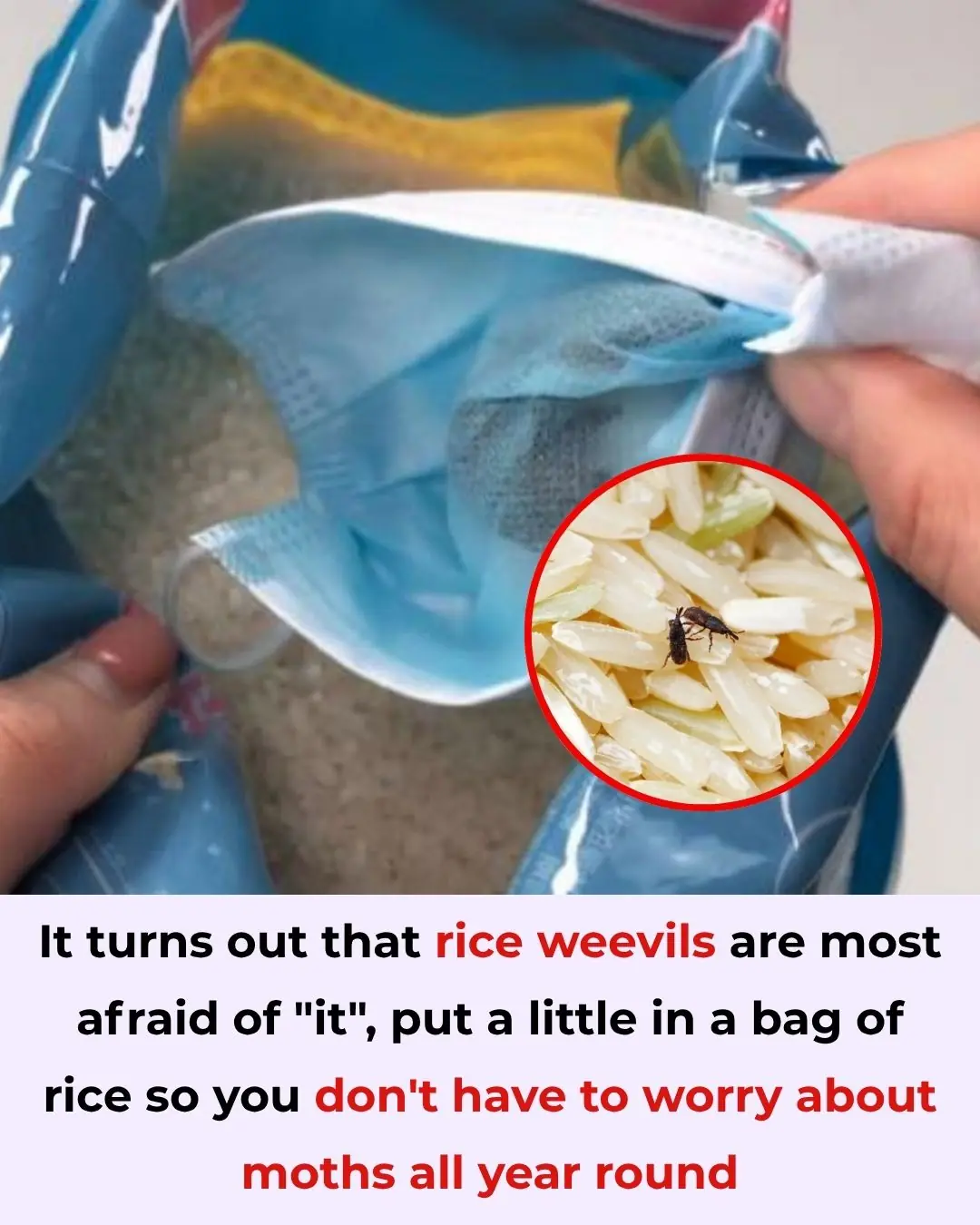
It Turns Out Rice Weevils Fear “This Thing” the Most – Put a Little in Your Rice Bag and You Won’t Worry About Pests All Year

6 Household Appliances That Consume More Electricity Than Air Conditioners and Refrigerators: Unplug Them to Avoid Skyrocketing Bills
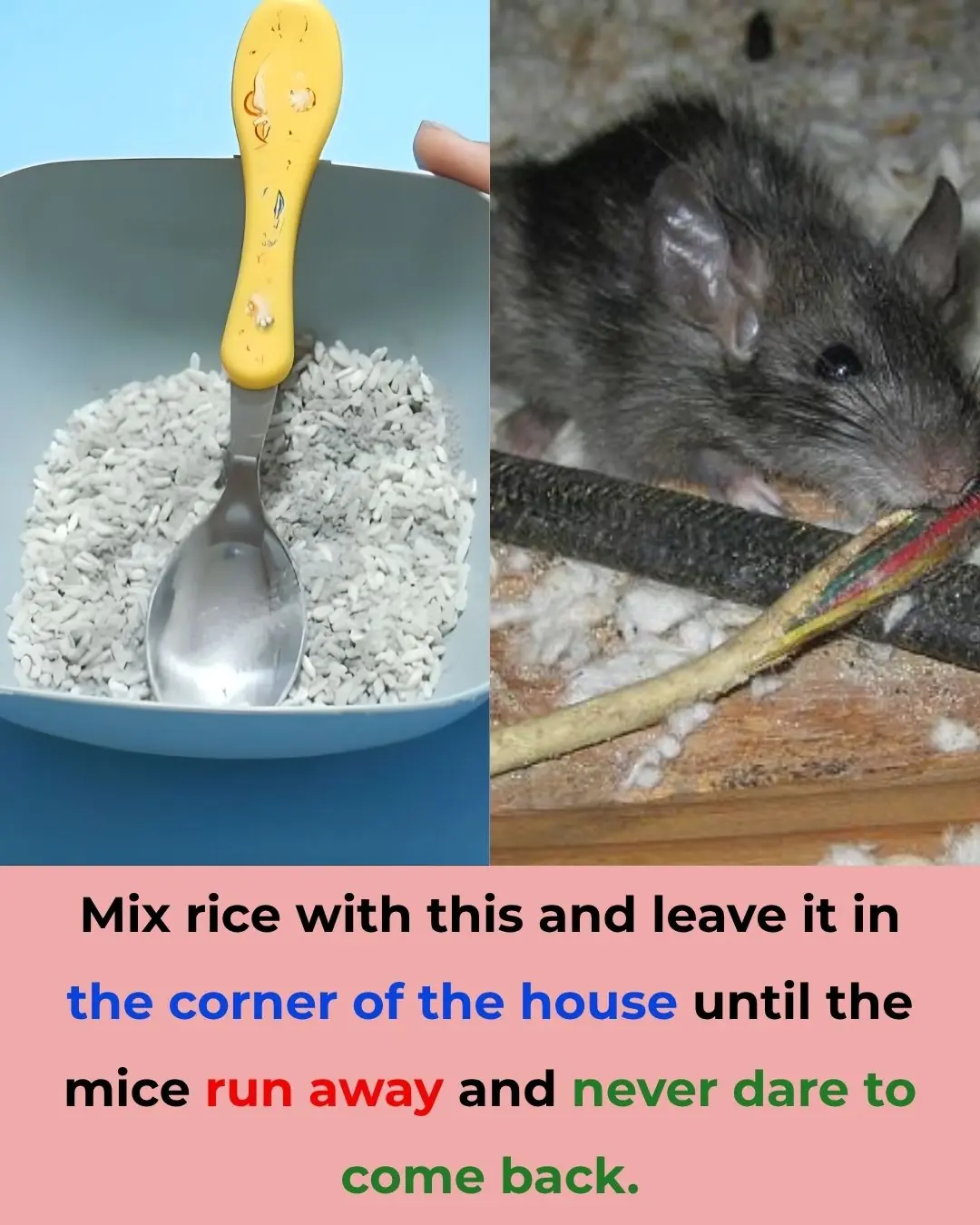
5 Natural Ways to Keep Mice Away from Your Home Without Using Poison
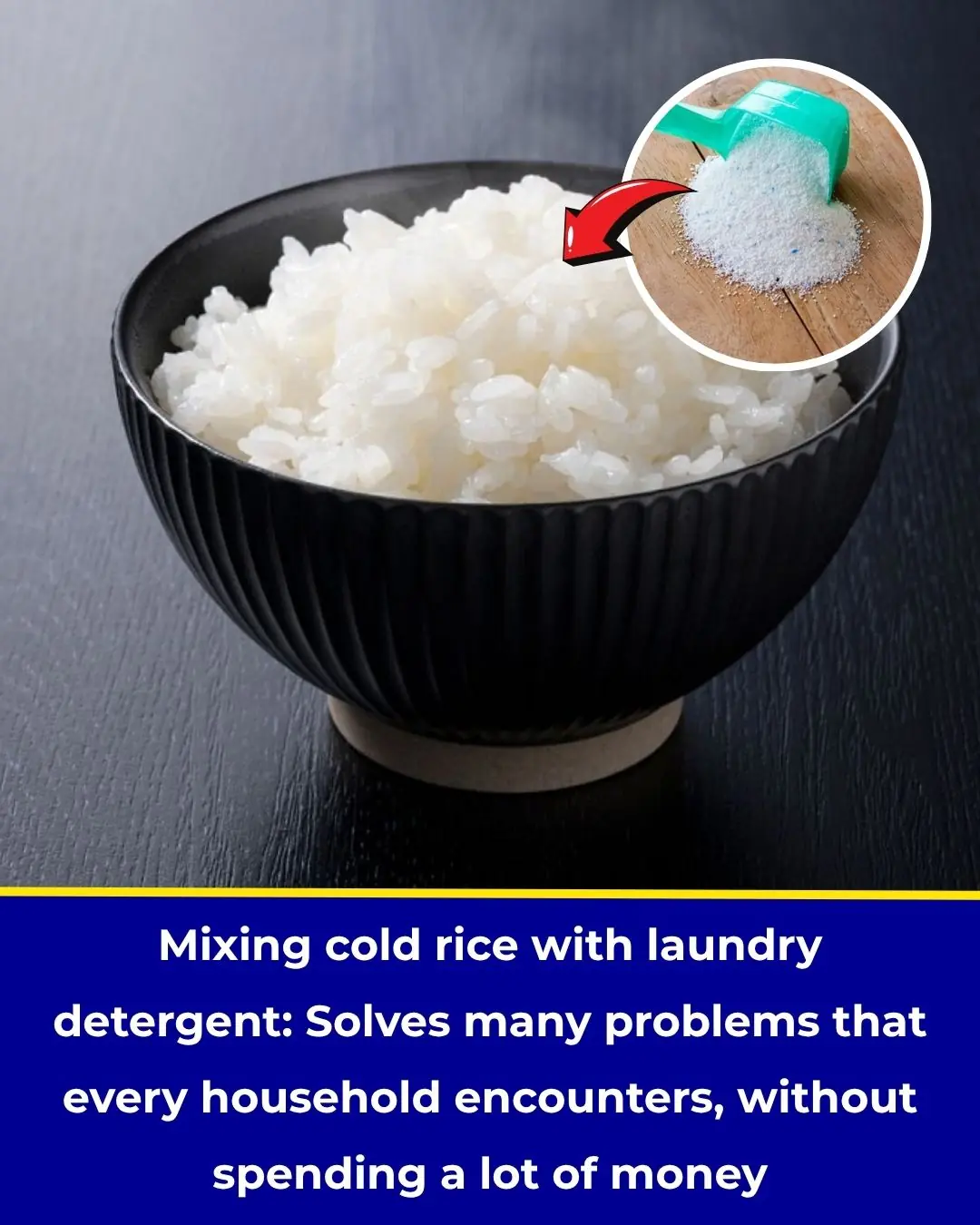
Mix Leftover Rice with Laundry Detergent – A Surprising Household Hack That Solves Common Problems Without Costing a Dime
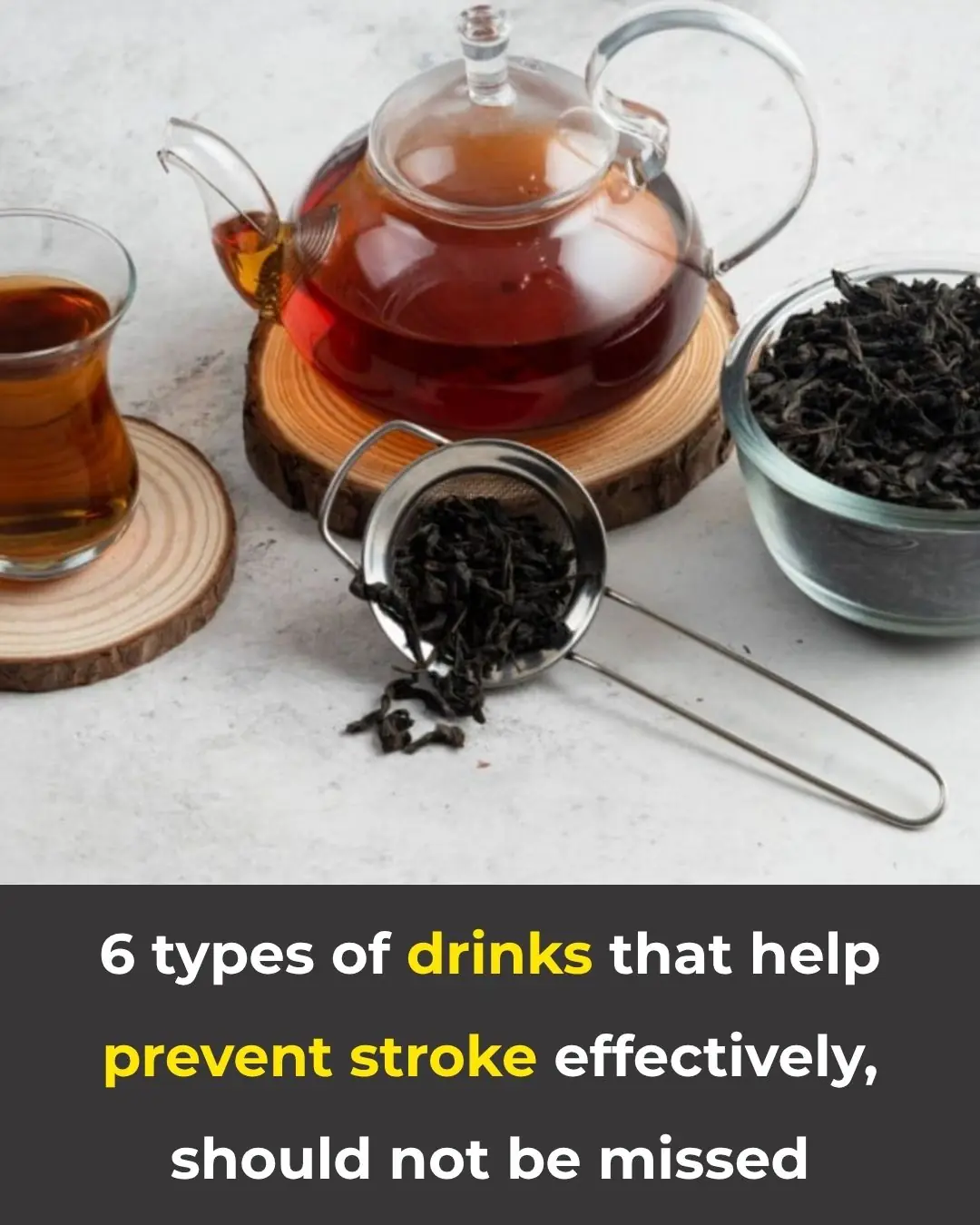
6 Healthy Drinks That Help Prevent Stroke — Simple, Effective, and Worth Adding to Your Routine

Air Conditioner Leaking Water Indoors?
